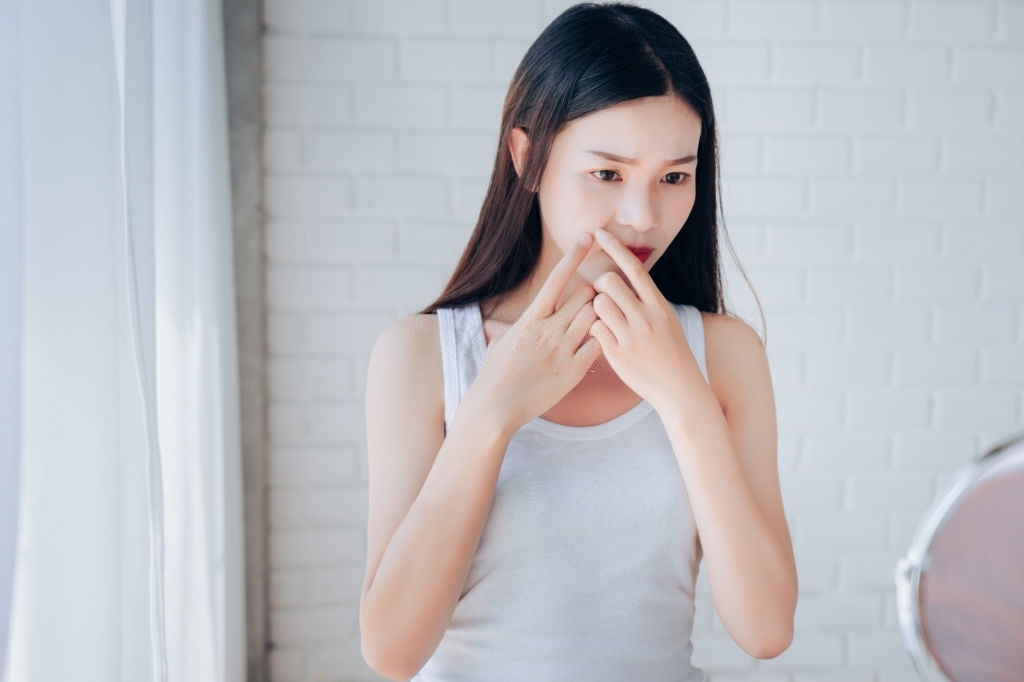
Acne scars can be unsightly. They tend to remind us of severe acne or pimple breakouts. Acne scars are permanent textural changes and dents that show up on the skin after a severe acne condition.
So what exactly is acne that causes acne scars? Acne is a skin condition that happens when hair follicles plug with oil and dead skin cells. The term acne is used to describe clogged pores.
Acne is found more among teenagers because their body is going through hormone changes that come with puberty, and this can affect their confidence and self-esteem. And it’s even worse when it leaves a scar.
Thankfully, there are acne scar removal products that can help get rid of acne scars and prevent breakouts.
Are you suffering from an acne scar? If you do, keep reading as you learn about your options in getting rid of acne scars.
Ways to Get Rid of Acne Scars
There are several ways to get rid of acne scars from steroids to laser treatments to acne scar removal creams/gels.
1. Steroid Injections (cortisone)
A steroid shot like Cortisone can be administered if a pimple starts to show up. The steroid will not only reduce the inflammation immediately but can also make thick scars appear softer and flatter.
Cortisone is specially designed for raised scars, like keloids. It helps to flatten out the scar, but it won’t do much about returning to its natural colour.
2. Acne Scar Removal Gel (Hiruscar)
With many acne scar removal gels and creams available on the market, Hiruscar gel is especially popular among teenagers who suffer from acne scars. The non-greasy and film-free gel is quickly absorbed into your skin, offering a non-greasy experience.
The gel is made with six natural and scientific ingredients that also works to lighten, smoothen, and flatten acne scars safely. It is specially formulated to treat all three types of acne scars, namely hypertrophic scars, keloid scars, and atrophic scars.
3. Dermal Fillers
Dermal fillers work by helping to raise the indentations and volume loss caused by acne, creating a smoother surface. Acne scars such as rolling scars and the less defined boxcar scars can be treated with dermal fillers.
A popular derma filler used by dermatologists is hyaluronic acid. It helps to make the surface of your skin even and take away shadows.
4. Laser Treatments
Dermatologists usually remodel collagen using lasers, but they don’t altogether remove the acne scars but improve the condition by up to 30% and more.
Laser treatment is excellent for reducing the redness that happens as a result of acne marks and scars. Most dermatologists use fractional or carbon dioxide ablative lasers to treat acne scars. Also, you may need about three to five sessions.
5. Punch Excisions
The punch excision procedure is excellent for people with icepick scars, which aren’t as wide as rolling or boxcar scars.
Doing this procedure involves making a bigger punch on the existing scar. You’d be trading in one scar for another.
Although this procedure is effective in treating texture problems, it doesn’t remove any surrounding skin discoloration.
Punch excision isn’t for people with darker skin tones who are prone to hyperpigmentation.
6. Chemical peels
Some dermatologists may decide to use the chemical peel procedure. In this procedure, a chemical solution will be applied to the skin, causing it to blister and eventually peel off.
After peeling, new and regenerated skin will show after some days. Chemical peels are usually less expensive because you only need one session to fix your acne scars.
7. Microneedling
This procedure is also known as collagen induction therapy. Microneedling uses a fine-needle roller or pen device to make tiny holes on the top layer of your skin.
The aim is to stimulate collagen production, which helps to improve fine line and skin texture. For best results, you may need about four to six treatments.
Acne scars don’t have to be an inevitable part of growing up. Acne scars, if left untreated, can last beyond your teenage years. Thankfully, there are different acne scar treatment products and solutions available for teens. For more information, feel free to get in touch with us.



